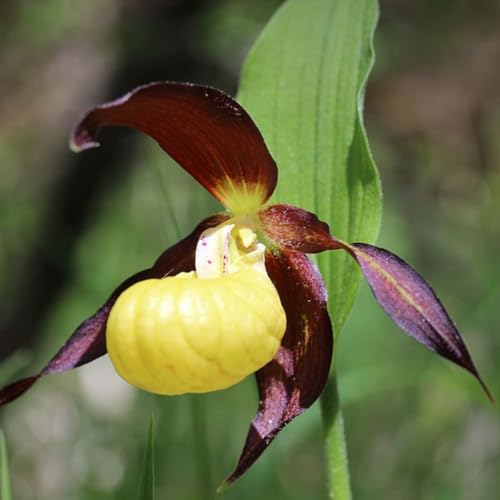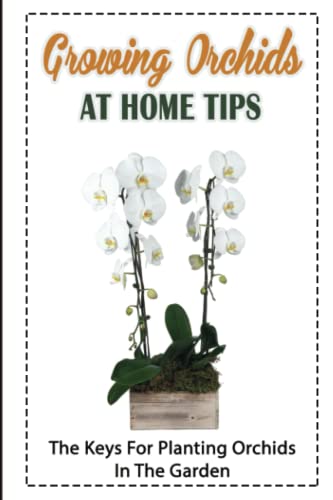Stone
Well-Known Member
Just bought a flask of these. I have never grown them.
Could growers give me an idea of the best way? Especially temps (rest?) but also any other info like water, mix, light etc etc.
Thanks
Could growers give me an idea of the best way? Especially temps (rest?) but also any other info like water, mix, light etc etc.
Thanks












































